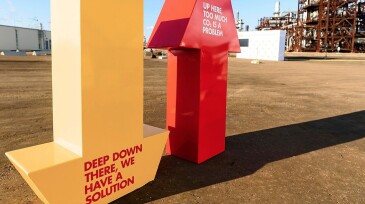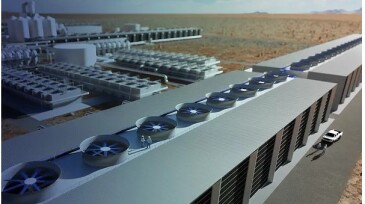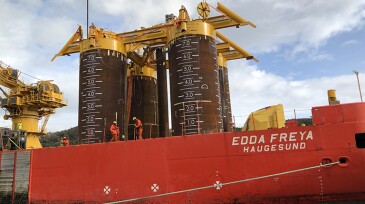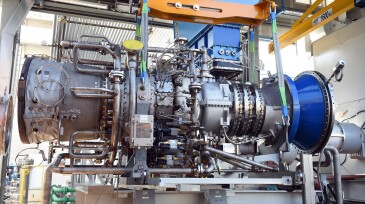Carbon capture and storage
Regulators pull from experiences in the oil and gas industry to define best stewardship practices for the nascent CCS industry.
This article is the fifth in a Q&A series from the SPE Research and Development Technical Section focusing on emerging energy technologies. In this edition, Shantanu Agarwal, founder and CEO of Mati Carbon, discusses how the company’s approach to carbon removal led to winning the Musk Foundation’s XPRIZE in 2025.
EERC CEO Charles Gorecki outlines how applied research in North Dakota is helping improve oil recovery, reduce emissions, and advance carbon storage.
-
While CCS and CCUS become more ensconced in oil and gas energy-transition strategy, one major project has fallen short of targets. Infrared sensor technology could fill a crucial gap in halting methane leaks. And a geothermal startup gets a big vote of confidence from industry and celebrities.
-
Occidental Petroleum is planning a carbon-intensive future with revenues from oil expected to be put toward pulling carbon dioxide out of the air.
-
SPE papers and events that covered decarbonization during the past year show that a wide variety of solutions already exist that avoid, reduce, replace, offset, or sequester greenhouse gas (GHG) emissions. It is clear, therefore, that decarbonization technologies will now be as important as 4D seismic, horizontal wells, and hydraulic fracturing.
-
As with large-scale carbon-capture projects in Europe and in the US, the Canadian oil companies say they will need various forms of government support to help realize the goals of the Paris Agreement.
-
Texas-based independent exploration and production company Talos Energy and UK-based clean energy group Storegga Geotechnologies have formed an exclusive joint venture to source, evaluate, and develop carbon capture and storage (CCS) projects along the US Gulf Coast and in the Gulf of Mexico. Areas under consideration include state and federal waters offshore Texas, L…
-
Finding creative ways to drive down the CAPEX and discounted OPEX and define a realistic pathway and schedule to full-scale commercial operations is discussed.
-
The facility would be the first of its kind in the US and is planned to be located in West Texas’ Permian Basin.
-
The duo plans to launch projects that will lead to commercialization of applications and products, initially focusing on solid oxide fuel cell technology and lightweight gas-turbine technology.
-
The planned LNG export facility will host a large carbon capture and storage project to enable the permanent geologic storage of more than 5 million tonnes of carbon dioxide per year.
-
The international supermajor is looking to make Houston and the US Gulf Coast a major hub for carbon capture and sequestration. A recent peer-reviewed SPE paper offers insights on the type of formation the company may target if the project takes shape.













